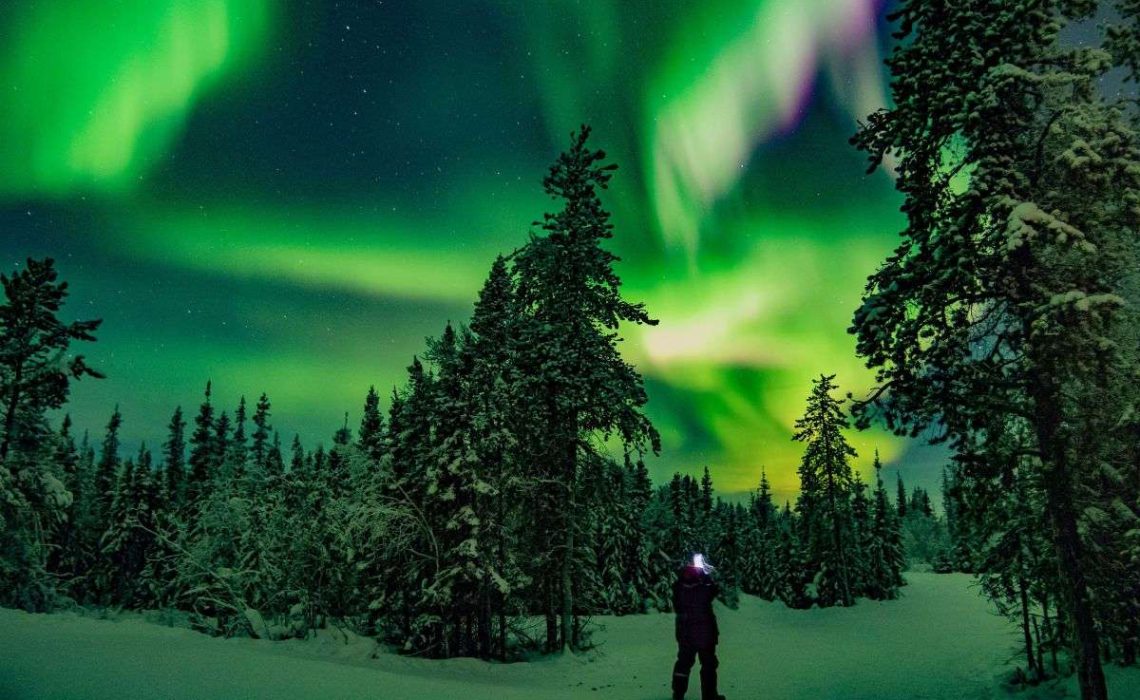The expansive forests of Canada’s Northwest Territories (NWT) are up to something – and it’s remarkable.
A report published by Natural Resources Canada (NRCan) shows that, for 25 out of the last 30 years, the NWT forests sequestered more carbon than the whole province emitted.
- This is helped by the fact that the NWT is sparsely populated
- The forests extract carbon from the atmosphere and store it in massive quantities
The Taiga Plains alone – a region that contains most of the NWT forests – stores about 3 billion tonnes of carbon at any given point. But the carbon-storing powerhouse isn’t just the forests.
- Other ecosystems in the NWT, like the peatlands, also hold billions of tons of carbon in the ground.
What it means
The ability of the NWT to sequester carbon could help lower air temperatures if protected and managed properly – a globally significant impact!
- “On average, managed forests sequester four times more carbon dioxide than the N.W.T. emits.” CBC News
Dig deeper
- Read more about the significance of this extraordinary area, and the research that’s being done to track and predict changes in the forests of the Northwest Territories.

